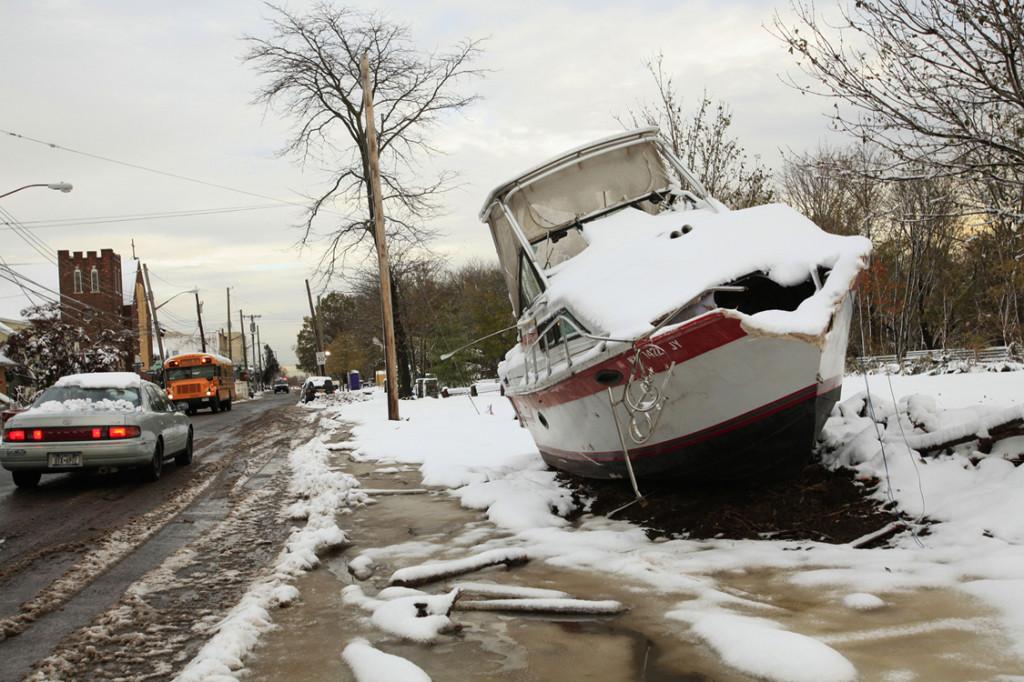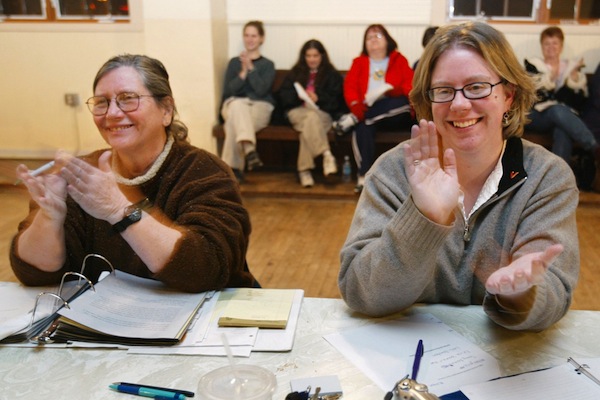“I mostly got food to prepare,” Ladue alumna and NYU student Lily Boalbey said. “A lot of people got water too in case we went on boil order. It’s really different from St. Louis. In the event of a tornado or something, people have maybe an hour or so to prepare. Here people were waiting and preparing for a week not knowing what was coming. The grocery stores and drug stores were pretty packed. Everyone was trying to stock up as much as possible.”
Although Hurricane Sandy caused serious damage in the Queens area of New York City, other parts of the city experienced far less dangerous weather. In fact, while waiting out the hurricane in a friend’s dorm in lower Manhattan, Hong did not even realize that Hurricane Sandy had made landfall.
“The hurricane never came and we didn’t feel anything, but apparently, it was semi-rough in Brooklyn,” Hong said. “I think it was all clear mostly Sunday, and for me, I’m more inland, I’m in lower Manhattan, so it was mostly bad drizzle, and it didn’t feel too much like a hurricane. But I saw pictures that it was getting flooded.”
Thanks to newer backup generators, neither Hong’s dorm, nor the dorm of the friend he stayed with, completely lost power during the hurricane. Newer dorms featured backup generators that prevented students from losing power.
“My dorm is newer so it had a generator so we never had to evacuate,” Boalbey said. “We had a few days without hot water (not fun for showers) but we had hot water before we had power. We had light in our hallways so thats where we stayed most of the time and we had WiFi (but no cell phone service this far downtown because the cell phone towers didn’t have power).”
However, although Hong and Boalbey were allowed to remain in their dorms for the duration of the storm, other NYU dorms that lost power and running water were evacuated. Even after the hurricane ended, electricity did not return to lower Manhattan until the Friday after the hurricane hit, Nov. 1. Streetlights also remained without power after the storm surge ended, leaving much of the New York City streets in the dark.s
“It was dangerous for pedestrians at night,” Hong said. “It was pitch black. … I heard Times Square was deserted Tuesday night. Everything was shut-off.”
News coverage focused largely on the destruction caused by the hurricane. However, Boalbey noted that ultimately, the experience was not as negative as media coverage might suggest.
“All in all we were very lucky and didn’t face that much hardship,” Boalbey said. “We mostly just hung out for a week.” #







